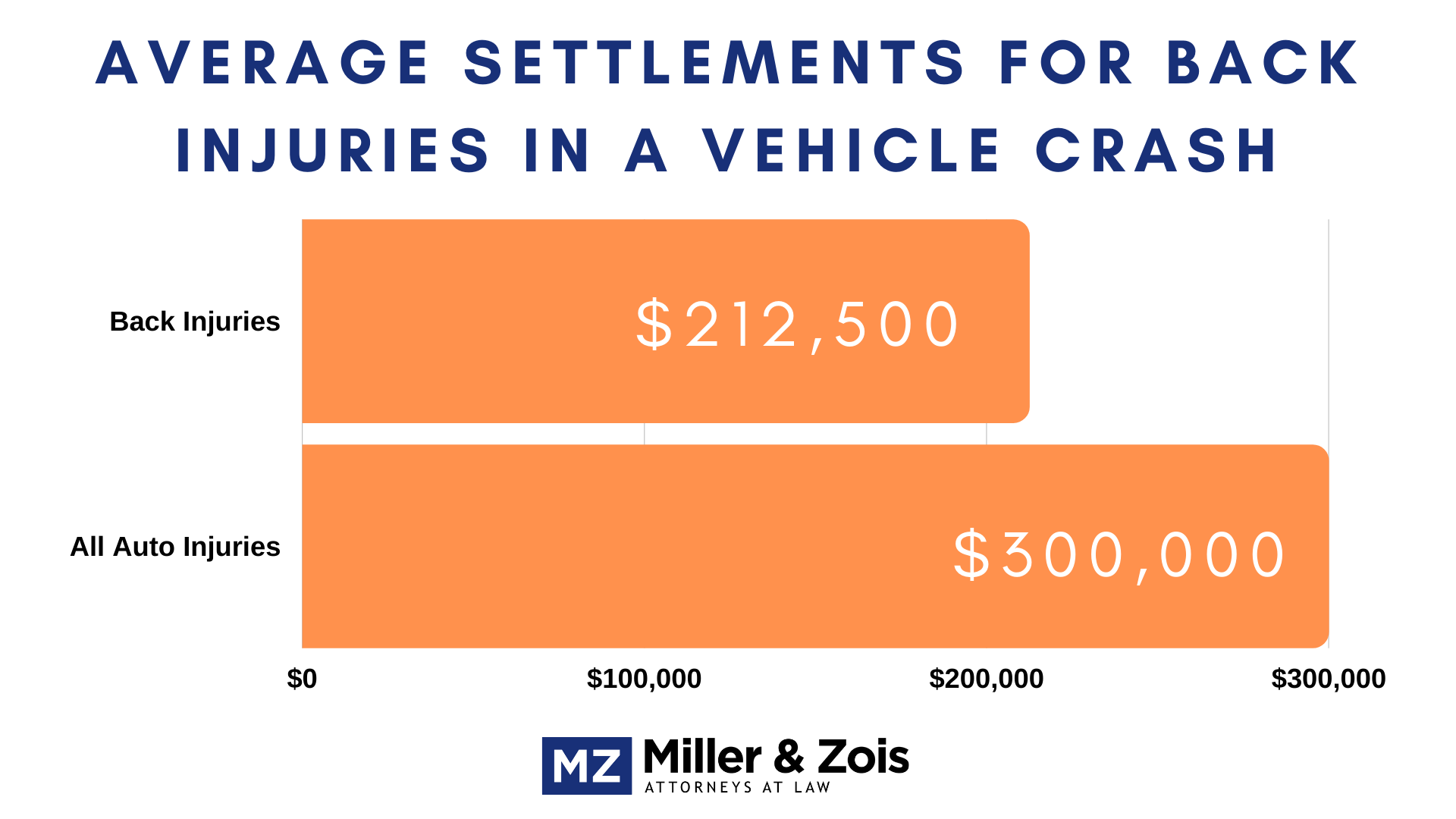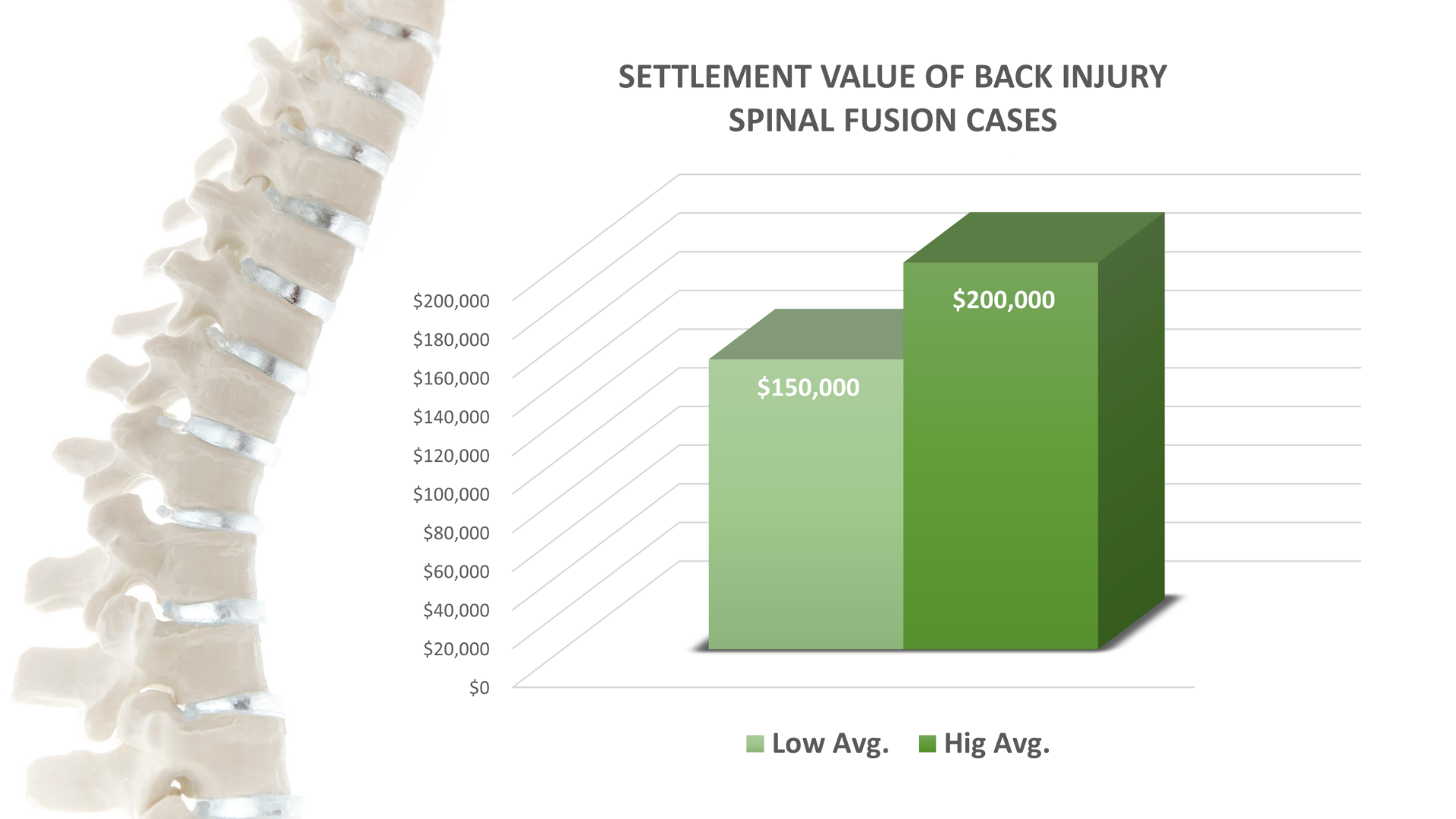 Local municipalities may now use cameras to catch motorists speeding past stopped school buses. Violators will get a ticket with a penalty of up to a $250 fine but no points on their driving records. Montgomery County has had cameras in a place for a while. But they were just giving out warning tickets. This bill has some teeth, albeit little baby teeth, with no points attached.
Local municipalities may now use cameras to catch motorists speeding past stopped school buses. Violators will get a ticket with a penalty of up to a $250 fine but no points on their driving records. Montgomery County has had cameras in a place for a while. But they were just giving out warning tickets. This bill has some teeth, albeit little baby teeth, with no points attached.
History of School Bus Cameras
School bus cameras have been around for several decades. In the early 1990s, a school district in San Antonio, Texas, introduced a pilot program that installed video cameras on the exterior of school buses to capture motorists who passed stopped buses. The program was successful, and other districts began to follow suit.
By the mid-2000s, school bus camera systems had become more advanced, with cameras installed inside buses to capture footage of student behavior and to aid in investigations of accidents or incidents on buses. Today, school bus camera systems are standard in many districts across the United States, including Maryland. There are privacy concerns, sure. But no one doubts that they have improved safety for students and bus drivers.
History of School Bus Cameras in Maryland
In 2011, the Maryland General Assembly passed a law allowing local jurisdictions to install automated cameras on school buses to capture images of drivers who illegally pass stopped school buses. The goal of the law was to protect school children who are often endangered by drivers who fail to stop for the flashing lights and extended stop arm of school buses.
The cameras are mounted on the outside of the bus and activate when the bus comes to a stop, and the red lights begin flashing. They capture images of the license plates of cars that pass the bus illegally, and the drivers of those cars are issued citations.
Maryland’s first school bus camera program was launched in Montgomery County, and other counties soon followed suit. Since then, the use of school bus cameras has expanded throughout the state and has been credited with improving safety for school children.
In 2019, the Maryland General Assembly passed a law that increased the fines for drivers who illegally pass stopped school buses. Under the new law, drivers caught on camera passing a stopped school bus can be fined up to $500 for a first offense and up to $1,000 for a second offense. The law also allows local jurisdictions to impose additional fines and penalties for repeat offenders.
In 2023… no one is talking about school bus cameras in Maryland much anymore. The last relevant article addressing the topic we can find s 2021.
Maryland School Bus Camera Timeline
- 2011: Maryland enacts legislation authorizing local school boards to install and operate automated cameras on school buses to capture images of vehicles that illegally pass stopped school buses.
- 2012: The first school bus camera program is implemented in Montgomery County, Maryland. The program uses exterior cameras on school buses to capture images of vehicles that pass stopped school buses.
- 2014: Legislation allows school bus camera programs to operate statewide. The new law requires that school bus cameras be operated in accordance with guidelines established by the Maryland State Department of Education.
- 2015: The Maryland State Department of Education releases guidelines for the operation of school bus camera programs, including requirements for notice to motorists, video review and analysis, and data reporting.
- 2016: The Maryland State Police begin a pilot program to use body cameras to capture images of drivers who illegally pass stopped school buses. The program is designed to complement the use of exterior school bus cameras.
- 2017: The Maryland State Department of Education releases an annual report on school bus camera programs in the state. The report confirms that school bus cameras keep our children safer.
- 2018: The Maryland State Department of Education announces that it will distribute $3.6 million in grants to local school systems to support the installation and operation of school bus camera programs.
- 2020: Maryland Governor Larry Hogan signs a bill into law that increases the fines for drivers who illegally pass stopped school buses. The law also requires that school bus cameras capture images of the vehicle’s license plate and allows school systems to use funds generated by fines to support school bus safety programs.
- 2022: Resistance breaks in Anne Arundel County, and the jurisdiction begins to cite vehicles illegally passing public school buses.
Drivers Ignore Buses
This bill was precipitated partly by a Maryland State Department of Education study that found that thousands of drivers are passing school buses with their stop arms extended and red lights flashing. A total of 7,028 violations were recorded on a single day last month, with most drivers ignoring school bus stop signs.
Nearly 4,000 (3,997) of those motorists were oncoming drivers who ignored the stop arm, 2,665 drivers moved past a stopped bus on the bus driver’s side of the vehicle, and 366 drivers passed a stopped bus on the door side, right where you would expect a child to be walking. Baltimore County drivers are the worst offenders, followed by Montgomery County, Baltimore City, Anne Arundel, and Prince George’s.
(Now keep in mind, all of this data comes from school bus drivers who, as a breed, think we are all idiots and don’t belong on the road. So let’s say they are exaggerating by a factor of 10. It is still a staggering number.)
Updated Statistics
According to data from NASDPTS, there are an estimated 17 million stop-arm violations each school year in the United States. Good golly. In Maryland, school bus drivers recorded 3,194 violations in a single day in 2019. Every time a driver illegally passes a stopped school bus, they put a child at risk.
Continue reading

 Maryland Injury Law Center
Maryland Injury Law Center






